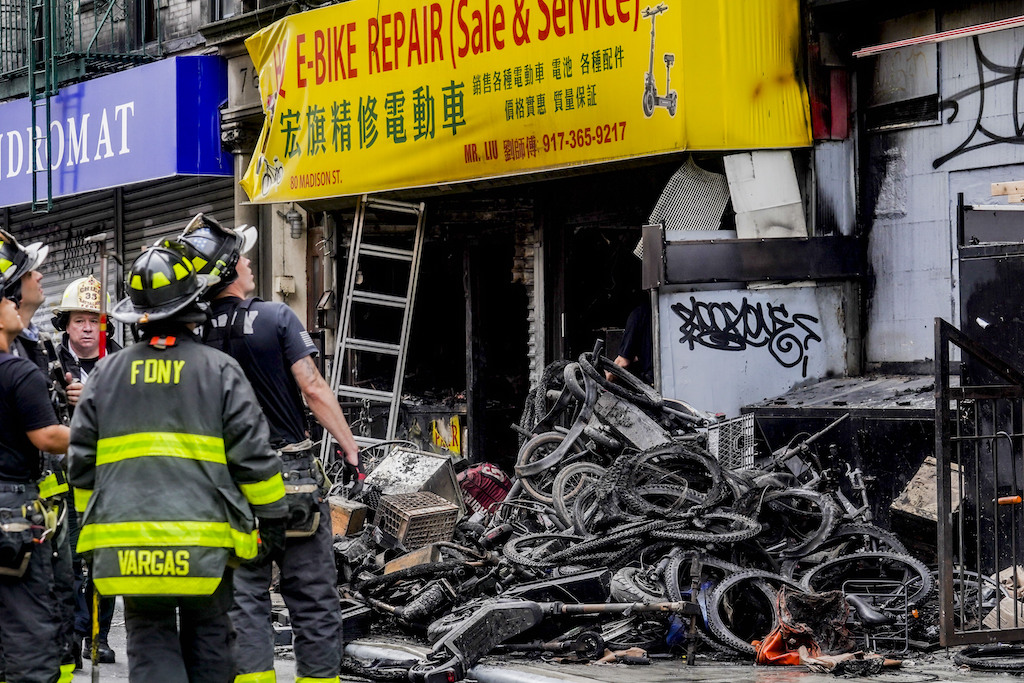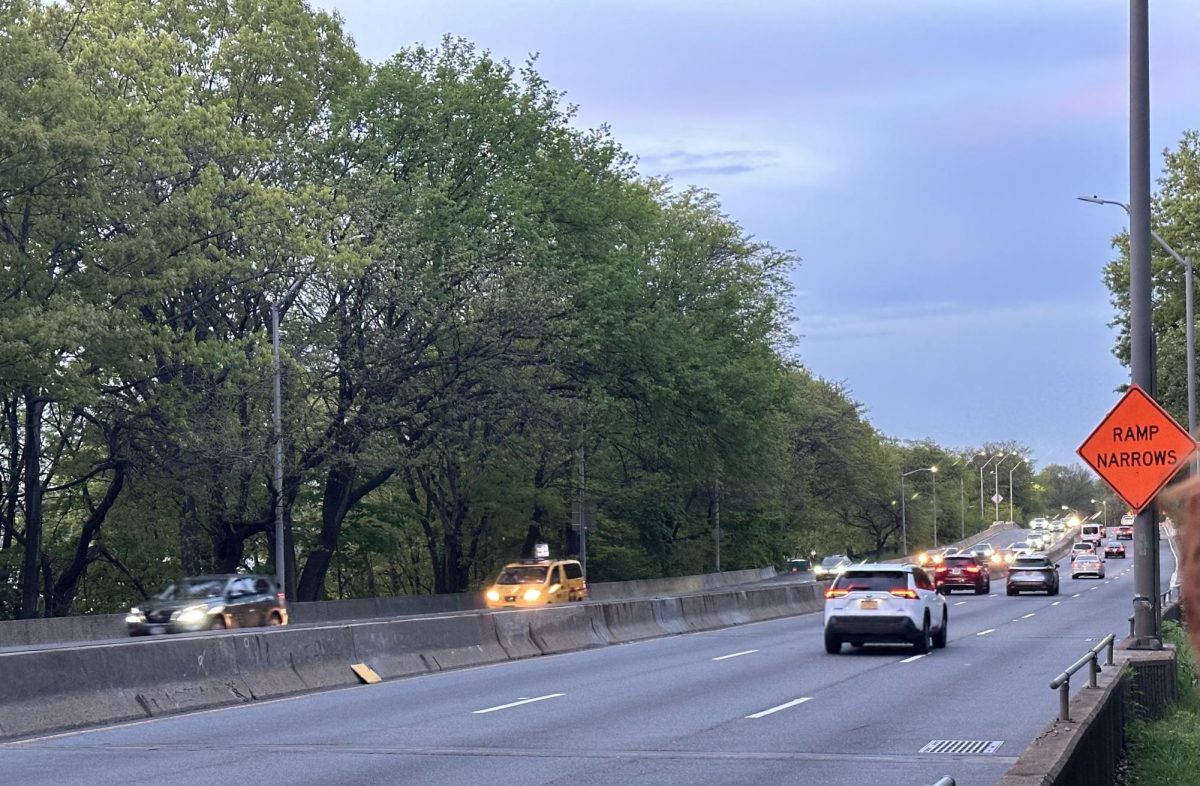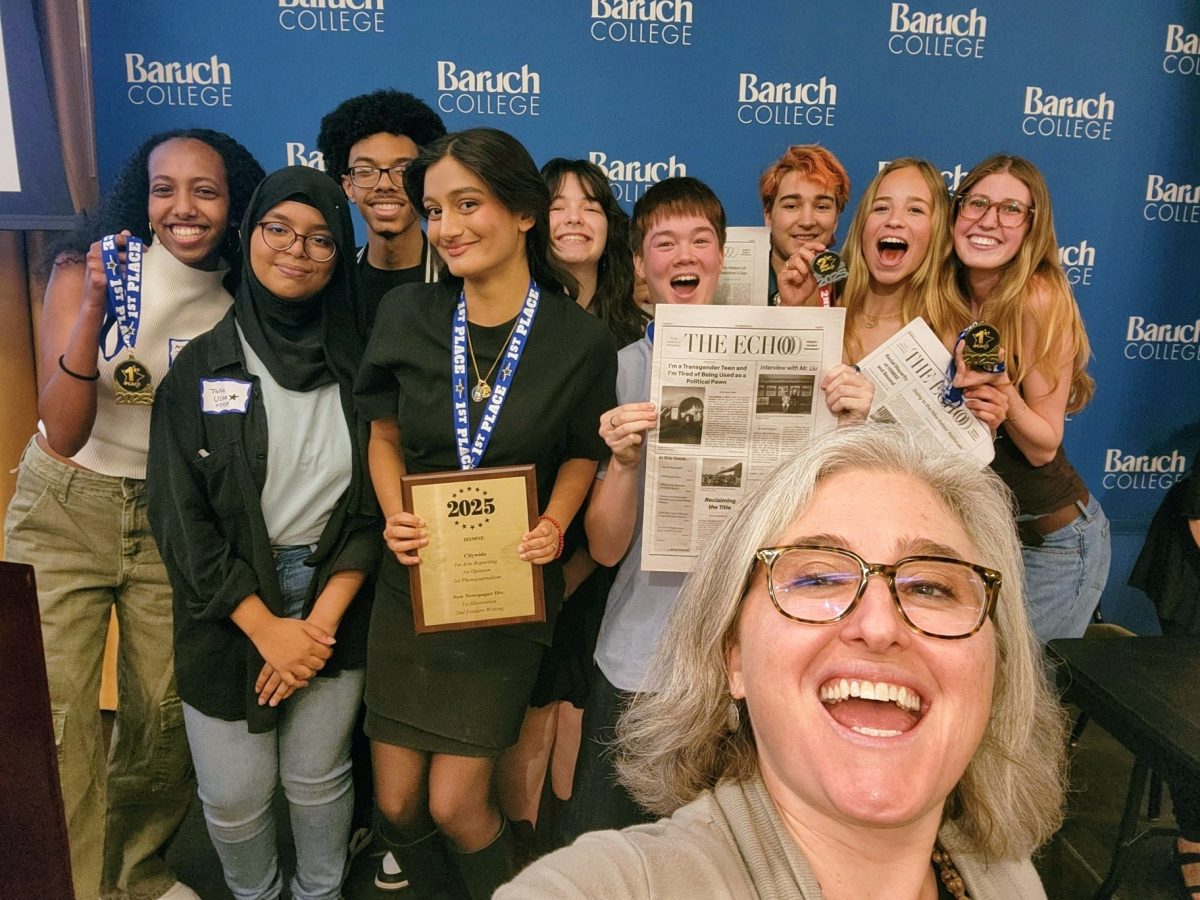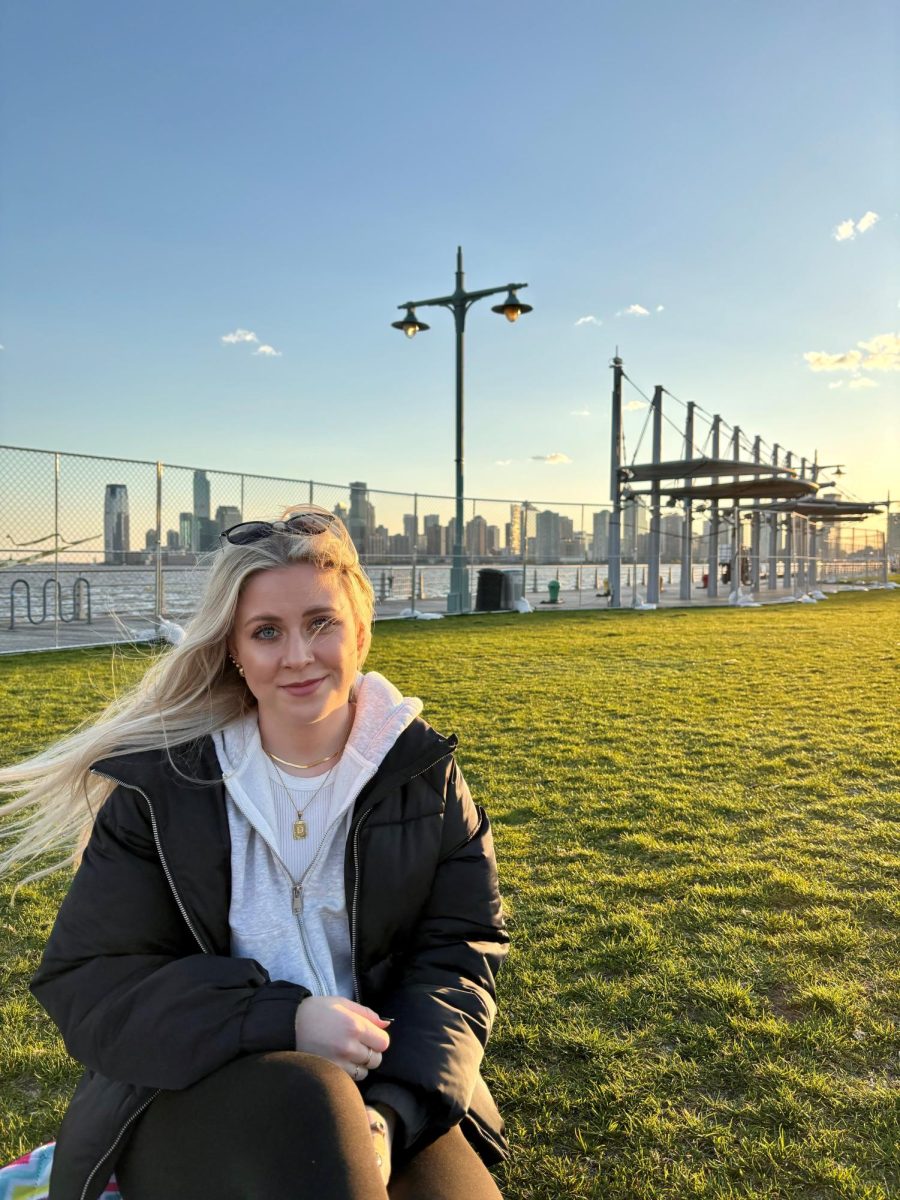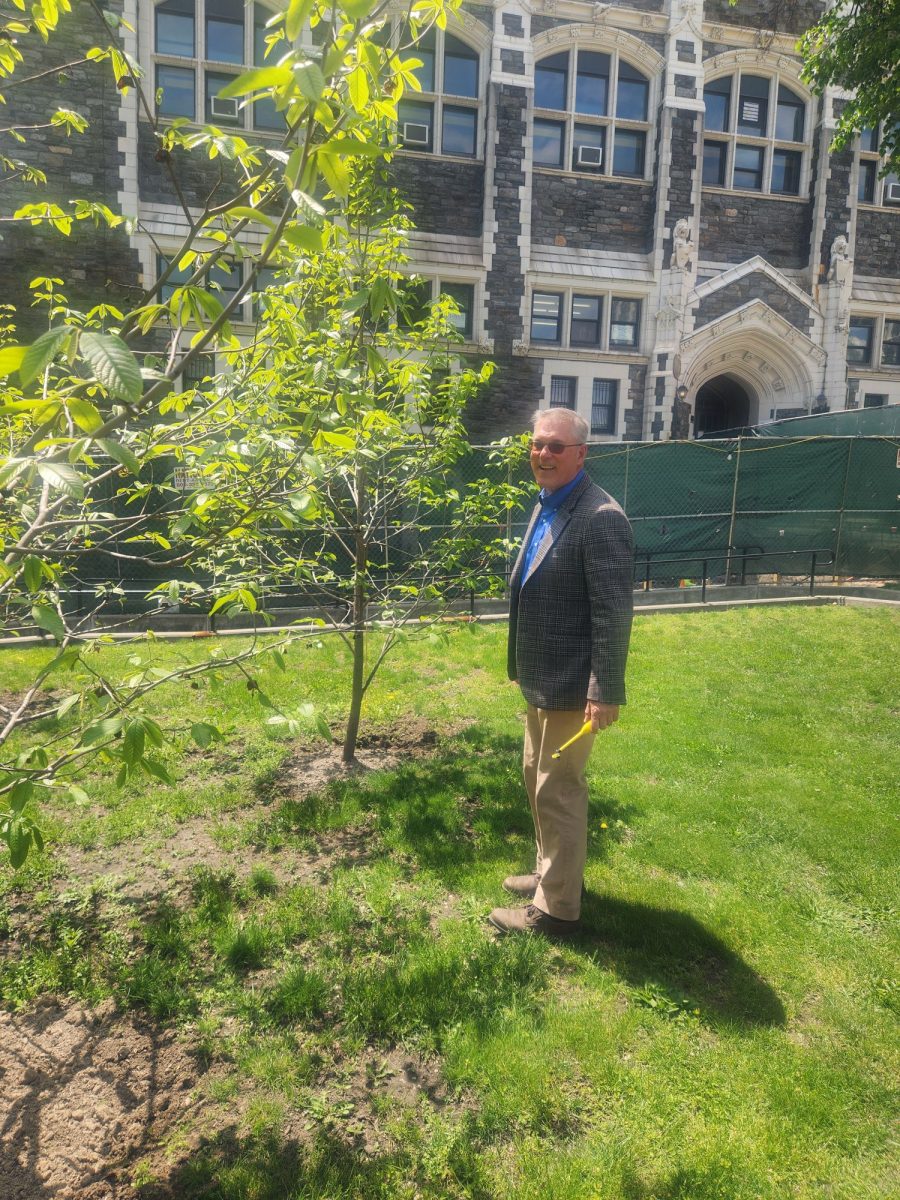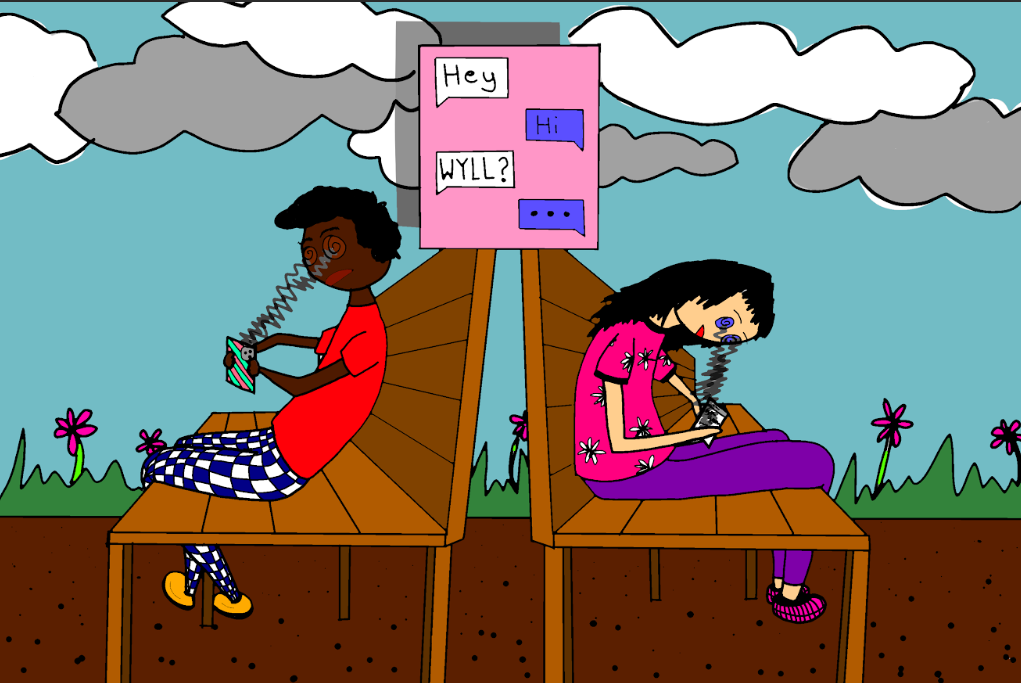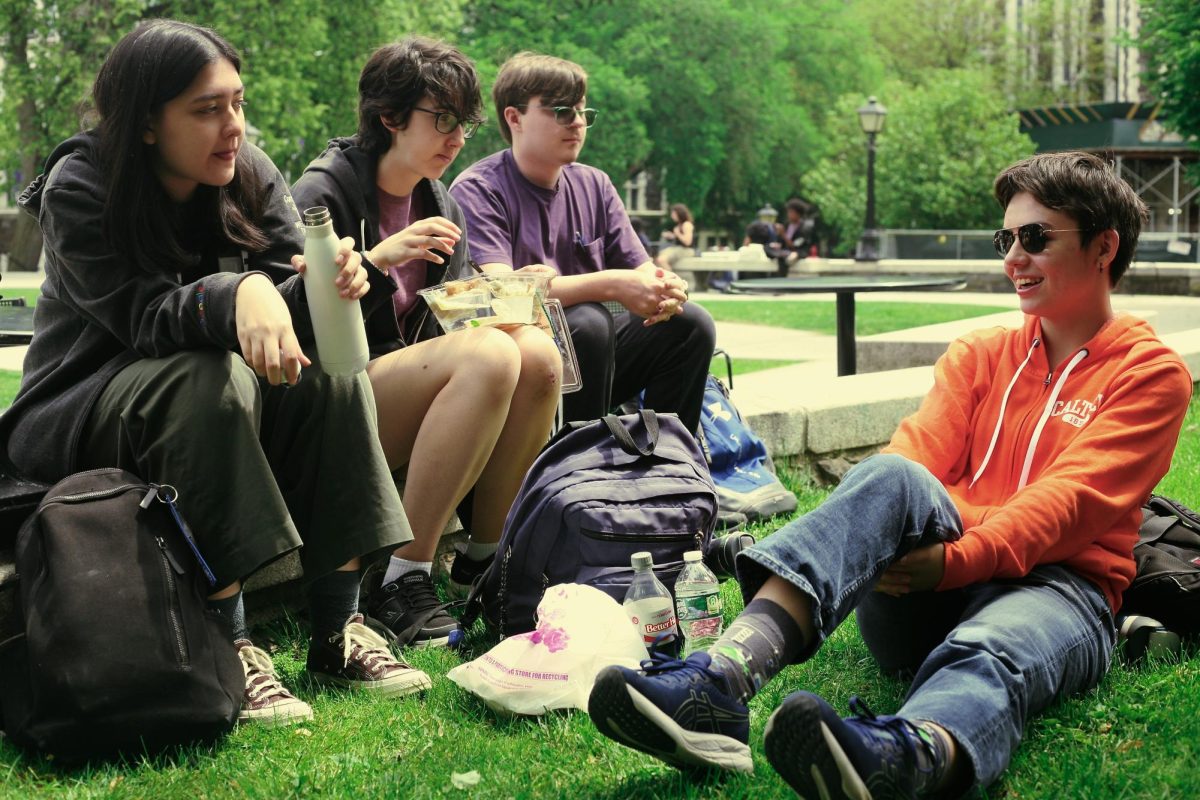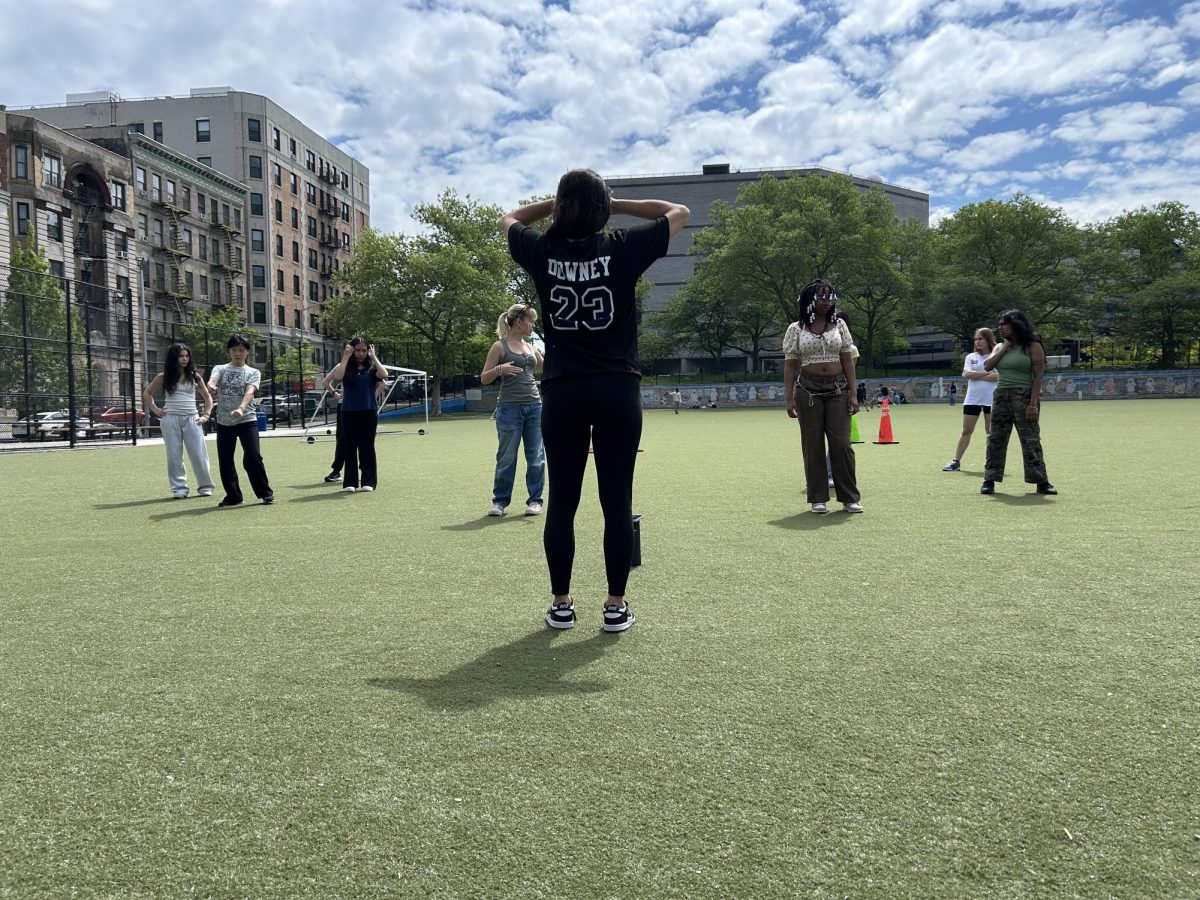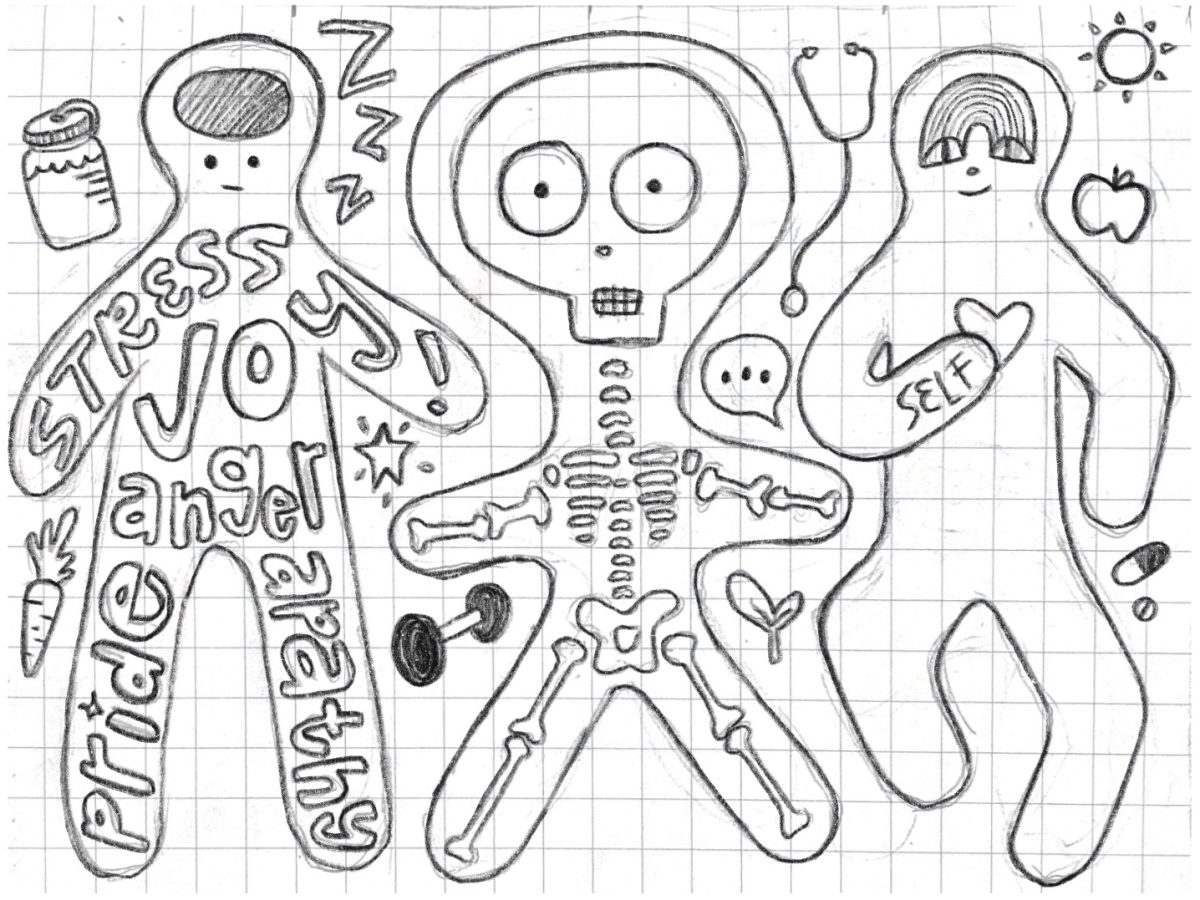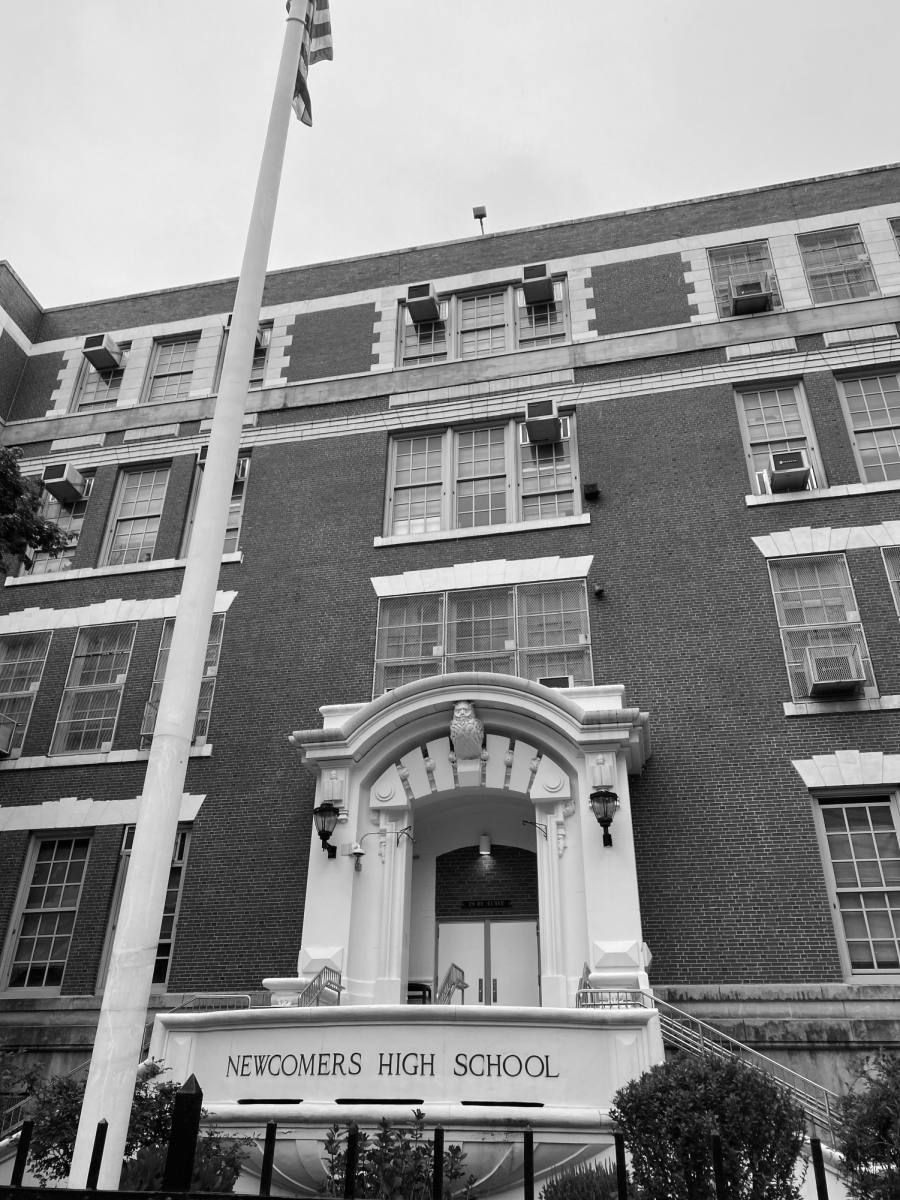NYC has always been a hotspot for immigration, but in the past few years its migrant population has been rising at a higher rate than usual. And many of these new residents are student-aged: At the start of this school year, 20,000 migrant students enrolled in the New York City School system, NPR reported. This creates challenges, both for the students, many of whom are just beginning to learn English, and the school system that needs to integrate them.
Here at HSMSE we traditionally have a small number of ELL (English Language Learner) students because of the nature of the admissions process. Students must take a test nearly a year before the date of commencing classes, and this test is likely extremely difficult for those learning English. The challenges that recent migrant students face are not usually front and center in our school, but it is still an issue that is challenging our city, and the new arrivals are still our fellow Department of Education (DOE) students.
Why are so many new students arriving? Migrants have always come into NYC voluntarily, not only because of its iconic representation as a multicultural, opportunity rich hub in movies and TV shows, but also because New York is a favorable place for asylum seekers. Since mandated by a 1981 court case, the city has a “right to shelter,” which means that anyone who is homeless, including asylum seekers, is guaranteed temporary housing if they request it. When the Trump presidential administration developed anti-immigrant policies, New York’s mayor promoted the city as a sanctuary for immigrants. In response, governors of “red” states began bussing new arrivals to New York, with the governor of Texas saying in an April 2022 release that, “Texans cannot continue to shoulder the burdens imposed by open-border advocates in other parts of the country.” According to Vox, over 14,000 migrants have been relocated to New York City by state governments across the country. So what does it actually look like to have so many more student-age people in the city?
The growth in new arrivals of all ages has taken an extreme toll on the migrant shelters of New York. The centers became so crowded that in October of 2023, the city decided to implement a 30-day maximum stay for adults and 60-day maximum stay for families with children before they are forced to find new accommodations. It’s common to find that these migrants will be sleeping on the streets as they await new accommodation, according to a poll conducted by New York City and reported by the publication The City.
Despite having shaky living conditions, those under 21 who would like to attend school have the opportunity to do so. Under the 1987 McKinney-Vento Act, students who are in temporary housing are allowed to attend their closest zoned school, and remain there, despite moving from shelter to shelter. For older students, who may be on their own, the process is more daunting. When I spoke with Kaliris Salas-Ramirez, a member of New York City’s Panel for Educational Policy and a neuroscientist at Rutgers University, she explained that it’s much harder for older students to learn English because of changes to the brain: “After the age of 10, it becomes more difficult because your cortex is more compartmentalized,” she said.
In addition, highly mobile students can be stunted academically, as readjusting to a new learning environment is difficult, especially for migrant children who might not fully understand English. Kids are affected not only academically, but also socially. Suffering through extreme hardships traveling to America “can have some really long-term effects on how they [migrant children] navigate social spaces,” says Salas-Ramirez. Many students who are on the move find it difficult to make new friends. Combine that with a language barrier and an already present social impediment, migrant high school students do not have good odds at success.
The schools they are placed in do not always have the resources that migrant children would benefit from, says Lupe Hernandez, who serves as Community Organizer of Education and Opportunity for the New York City Public Advocate. Conversely, schools that could have supported students ended up with no migrant children in their classes. When I interviewed Hernandez, she spoke about a school she worked with attempting to try and help the incoming migrants. “The principal did request students early in the summer, when those buses were first arriving in the summer of 2022. And unfortunately we were never a site that they sent families to, although we probably had the resources and an abundance of community support that could have helped at least a hundred students,” she said. Instead, schools with little to no ELL resources, guidance counselors, and funding for immigrant youth are receiving them and are struggling to provide them with the services and support they need to become successful students.
Education provides the gateway into a better life, and public education is the primary way for young immigrants to gain the skills they need to be successful. When the public education system fails these students by not providing them with the necessary support, a large community stops being a functioning part of the city. Ensuring equal access to education helps not only the immigrant population, but also New York City as a whole.
NYC Public Schools: Helping or Hurting Migrant Students?
Etta Raikes
•
May 28, 2024






